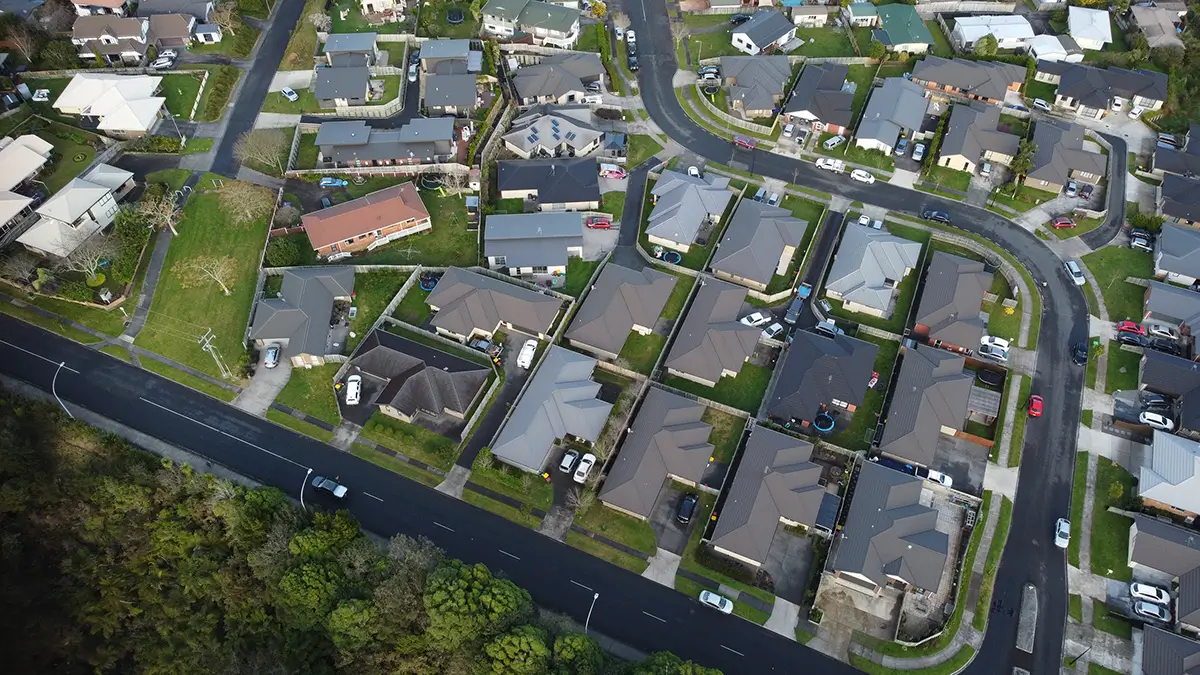Are you looking to buy your next home? If so, you probably already have a list of “must-haves” in your new place, ranging from a certain number of bedrooms to a desired square footage. However, when choosing your next home for your household relocation, it’s also essential to consider its location and neighborhood.
What should you look for in your ideal neighborhood? There are a few things to consider.
1. Community Trends
If you plan to buy a new home, researching and considering property value trends is essential. To make a good investment, you need to know whether the local housing market is appreciating, remaining stable, or depreciating.
The rise or fall in home values over time can tell you a lot about the past and future of a neighborhood. Based on local property tax rates, you can also infer other things, like whether or not a neighborhood’s parks and schools will likely have adequate funding.
Property values, of course, can only tell you part of the story, and low property values do not necessarily indicate a bad place to live. But they’re worth looking into as you research a neighborhood. Ask your real estate agent to help explore this information.
2. Comfort
You should feel secure taking strolls around your community. For an overview of the area, look at the crime data. But it is more important to make sure you feel at ease there and can imagine yourself happily living there as you explore the area.
When looking at potential places to live, you may overlook possible noise levels. For instance, you might not know that the quiet coffee shop down the street transforms into a festive music venue after dark if you only stop by in the mornings. If you want to get a feel for what it will be like to live in your new area, check it out at different times of day and take a moment to stop and listen as you explore potential new homes. Think about whether or not you will appreciate those sounds daily.
3. Quality Schools
If you already have or plan to have children soon, choosing an area known for its excellent schools or daycare providers is essential. You can learn a lot about nearly any school in the country (including public and private schools) online, with platforms like Niche offering detailed insights into the quality of each school or district.
4. Businesses and Attractions
Take some time, too, to familiarize yourself with a neighborhood’s available attractions and businesses. One of the best ways to do this? After you check out a house in person, walk and drive around the neighborhood to see what’s in the area. There may be some great parks nearby, or you’ll be within walking distance of beautiful shops and restaurants. If you can’t visit the site in person, entering the address on Google Maps and then using the street view feature can be a great way to take a virtual tour of the neighborhood.
More Tips for Vetting a Neighborhood
These are just a few things to remember as you consider which neighborhood may suit your needs. Your priorities may differ from another buyer. Your real estate agent should be able to provide valuable insights into your potential neighborhood. Attending community meetings, chatting with neighbors directly, and visiting communities at different times of the day can also be effective ways to vet an area.
Moving Assistance
Looking for more help with your upcoming move? Professional movers can take the stress and hassle out of relocating. Reach out today for your free quote and learn more about our moving services!




